With crowds back to filling arenas and divisions returning to their natural alignments after the pandemic shake-up last season (welcome to the NHL, Seattle Kraken), excitement is high as a sense of normalcy returns to the league. The start of the season has naturally been accompanied by the release of the newest EA hockey game, NHL 22, enticing you as always to strap on the virtual skates and hit the ice. The series made strides last year as it relates to Be A Pro mode improvements, but legacy gameplay issues had the game feeling a big stagnant on the ice as the generation came to an end.
Perhaps trying to shake off its reputation as the black sheep of the EA Sports family next to Madden and FIFA, NHL 22 has made the jump to the Frostbite engine on next-gen consoles, and consequently raised hopes even further for the game to play significantly better than NHL 21. Aside from now using the same engine as Madden, NHL 22 has also followed in the footsteps of its video game brother by implementing the same kinds of X-Factors that Madden has used to set apart those with elite abilities from others who aren’t quite as skilled.
Along with the usual assortment of improvements being touted to popular modes like Hockey Ultimate Team, franchise mode, and the online career hub that is the World of Chel (still not a fan of the name), it’s definitely been at least a couple years since the EA series has brought this much to the rink.
As we are well aware by this point though, talk is cheap and the only thing that really matters is how the game actually plays compared to previous years. So let’s go ahead and take a closer look at where the game has made noticeable progress this year and what aspects remain overlooked and underwhelming.
What I Like – NHL 22 Review
Player Movement & Interactions
A noticeable difference brought about by the introduction of the Frostbite engine in NHL 22 is immediately evident in the fundamentals of how players move across the ice and collide with each other when compared to NHL 21. The skating has been revamped to make movements more fluid and realistic, with speedsters able to gain a burst should they find some open space, while those with less finesse are left to lumber around a little less gracefully.
The physics updates are felt even more when players are handling the puck. It’s become a little harder to control the disc compared to how it often felt glued to a stick in the past. This causes the game to feel more unpredictable like real hockey, capturing the way a puck can seem to have a mind of its own and be tricky to corral when making and receiving passes or trying to pick it up on the fly.
Hockey is obviously a team sport and NHL 22 has made a lot of effort to have all of the poke checks, collisions and bone-shattering body checks that occur when players come together on the ice translated to the game with more authenticity. Sound positional play has never been more important than it is now, as it’s easier than in NHL 21 to poke the puck off someone’s stick or use a well-timed bump to keep a player from entering prime scoring territory providing you’re in the right place. It’s also nice to see that there are far fewer instances where you place yourself perfectly in a passing lane for an interception only to have the puck seemingly go right through you on the way to its target. Instead, you can consistently shut down those annoying cross-crease passes that became the go-to scoring method for many last year just by staying in front of your man and picking off the puck when they try to slide it to the guy at the side of the net waiting to bang home a goal with a one-timer.
Improved AI
One of the bigger drawbacks of NHL 21 and previous entries in the series is that AI players could be easily exploited as they were prone to making inexplicable decisions at inopportune times. Aside from causing any games against the CPU to be less than exciting, this issue also threatened to hamper online play considering you can only control one of the six players on the ice at any given time. It wasn’t uncommon for situations to arise where you’d be busy trying to pressure the puck handler while an opponent is attacking in your zone — only to have them slip a pass to a wide open player parked in front of the net that your AI teammates disregarded for some reason.
Thankfully, this glaring issue has largely been rectified in NHL 22 as AI defenders can now be relied upon to routinely prioritize any threats looming directly in the slot. It’s hard to overstate how impactful addressing this one huge problem is on the style of play, forcing everyone to get a little more creative in how they go about trying to put pucks in the back of the net. To make it even more challenging this year to light the lamps, NHL 22 also shows some slight improvement in goalie play, including eliminating their tendency to allow goals on their short side. The goalie play being improved is probably an even bigger deal than anything else for some.
All games against the CPU have become more dynamic and enjoyable in NHL 22, largely because the AI’s tendencies aren’t quite as predictable as they have been in the past. On higher difficulties (we recommend trying out Superstar as it feels the best so far in our opinion), you no longer see the same kind of rapid ping-pong passing from NHL 21 that was both unrealistic and just plain annoying.
That said, the CPU’s passing percentages are still too high and could use some tuning to make them slightly more erratic, but you will see the occasional bad decision with the puck. On top of that, your teammate AI is still not great on offense. While it feels more challenging going against the AI in positive ways, your teammates still don’t move without the puck a ton and there’s some general stagnation that can crop up because things don’t feel very dynamic at times when in the offensive zone.
X-Factors
In an effort to have the best players in the league perform as such in NHL 22, the game has borrowed a page from the Madden playbook in giving the truly elite certain X-Factors that highlight their specific skills. Some players have been given superstar abilities that allow them to showcase the areas where they excel, which can be anything from speed to shooting accuracy to hitting or even rebound control and getting quickly from one post to the other in the case of goalies.
For the absolute top players in the league, NHL 22 has reserved the more powerful zone abilities, which give someone like Toronto’s Mitchell Marner the top-notch peripheral passing that fans see him put on display throughout the season.
But do these X-Factors really make all that much of difference when you’re using these players? All you need to do is spend some time controlling a player who has one of these X-Factors and one who doesn’t, and it won’t take long to realize that the former clearly possesses some skills that the latter lacks. On offense, this allows those who have been blessed with either a zone or superstar ability to feel a little more potent and dangerous when they’re on the attack.
Meanwhile, the defensemen and goalies with these same X-Factors are better equipped to shut down rushes one way or another and keep pucks from crossing the goal line. The fact that there are quite a few different zone and superstar abilities helps to recreate all of the ways that players can separate themselves from the rest of the pack.
That all being said, it would be nice to see even more of these in the future to provide further differentiation from one player to the next. The NHL series is notorious for having a very tight window of ratings, which makes most of the NHL players “feel” the same on the whole. They might fit into archetype roles, but it’s hard to make fourth liners feel different from first liners at times. X-Factors don’t rid the series of the issue, but considering X-Factors could have gone wrong (like they do at times in Madden), this is a good first step on the road to making more players feel unique.
World Of Chel
Aside from creating a gap between the top real players in the sport and the mediocre, these X-Factors also play an important role now in NHL 22‘s World of Chel mode that allows you to play ones, threes or full 6-on-6 action against others online with players that you create. I don’t think it’s unfair to say the NHL series shines brightest in online settings (to the chagrin of some who want more put into AI and franchise mode), and the same remains true this year.
As you play games, you will gradually unlock more zone and superstar abilities, along with boosts that can further improve areas of your game. The available zone abilities are thankfully tied to the familiar archetypes from previous editions of the mode (with labels like sniper, grinder or 2-way defenseman), so you’re not able to have a speedy forward who excels at body checks or a hulking defenseman who can dangle with the best of them.
But what you can do now for the first time is adjust the various attributes that your player’s archetype has been given to further customize strengths (and weaknesses). This gives the opportunity to have every player consequently feel more unique than in the past where all players with the same archetype could end up inevitably coming across like clones of each other.
Franchise Mode
If you’re wondering why this item is so far down the list on the positive side of things and right next to the negative points about the game, that’s hardly an accident. For starters, there’s still no return of the GM Connected mode in NHL 22 that was part of the series years ago, which provided the chance to play in an online franchise with friends. That said, this franchise mode is not all that bad when when compared to those from other sports games, though not that much has significantly changed really either from last year.
In a sense, it’s faint praise because this series still does not do nearly enough to bring you into a “living” world of your franchise where you feel like you’re part of a 30-team league, but most franchise modes struggle with this as well. On the bright side, we will get a Roster Share feature back this December, which should help open up some more avenues in franchise mode.
As for the mode itself, you can play with your AHL team along with your NHL one. The Fog of War feature within the mode’s scouting system makes assessing young players refreshingly unpredictable, and there’s plenty to tinker with from a financial standpoint if you are interested in that kind of depth. It may not be perfect, but it’s fun and interesting enough that it should please casual players. And if the more serious franchise mode players enjoy the gameplay, there’s enough here to find some level of enjoyment for at least a couple seasons.
What I Don’t Like – NHL 22 Review
Be A Pro & HUT
With NHL 22 clearly focused on making gameplay a top priority (and transitioning to a new engine on a new set of consoles), some game modes have suffered from neglect. The two where this appears most evident are with the offline Be A Pro career mode (which was a main focus last year) and the card-collecting Hockey Ultimate Team.
In the case of Be A Pro, you would be hard-pressed to look at the mode alongside last year’s and spot many differences at all, making this about as close to a copy and paste job as you can get with a series. That doesn’t mean there’s no enjoyment at all to be found there, but anyone who spent most of their time with NHL 21 playing Be A Pro is bound to be disappointed by how little has changed this time around.
The story is largely the same with Hockey Ultimate Team, where you would expect perhaps a little more effort from a card-collecting mode that actually generates income for EA thanks to the possibility of microtransactions. There may be new synergies and the added intrigue of managing the various X-Factors on your team to stay under a cap, but there aren’t really any new ways to play unless you count the enjoyable evolving slew of variations within HUT Rush. There are also some frustrating layout issues that have plagued the mode for years now, like why do they have a page displaying your logo and jerseys, but you can’t actually change the logo and jerseys directly from that page?
No Cross-Gen
Those playing NHL 22 on next-gen systems will find themselves in a real conundrum should they prefer the online components of the game. The fact that many still don’t have next-gen consoles, coupled with the sad truth that the player base is naturally smaller for NHL games than the other AAA sports titles, has translated to long waiting times for games in some modes (at least to this point). This is especially true in the World of Chel, where it feels like a minor miracle when you can actually find a drop-in game with six people on both teams before the two-minute timer expires and the game begins with a bunch of CPU players filling out the squads.
It’s been enough of a concern in the initial stages of release that there have already been rumblings within the community that some will play HUT on next gen but World of Chel on current gen, especially if they have friends on current gen who they’ve played alongside as teammates in the past. Obviously, it’s never good when you feel obligated to buy the more expensive edition of the game to cycle between the current gen and next gen in order to feel like you’re getting the optimal experience.
Technical Quibbles
We do want to call out one issue that seems to be plaguing users on next-gen consoles (or at least the PS5 from our testing) where the frame rate does go through some dips and stuttering. This seems to only happen when you mess with the game speed, so it’s not impacting “default” settings online/offline or anything, but it’s an annoying issue all the same. EA is aware of the issue and is looking into it at this time.
The transition to a new engine has gone relatively well otherwise, with some other minor issues being some outdated arena names, or in the case of the Islanders just not having their new arena in the game at all. UBS Arena did go through some delays due to Covid-19 slowing things down, so that may have played a role in why it did not make it into the game this year.
Bottom Line
For the last couple years, the NHL series had made some baby steps on the ice, but the series had been held back by some lackluster physics on the ice (among other things). By addressing many of those issues in NHL 22, EA has managed to create a game that embraces some of the loose and even messy elements of the sport while also cleaning up many of the instances of pucks going through sticks and body parts. This does not mean the AI is now perfect or even where we might expect it to be, but this is by far the biggest jump in quality on the ice in years.
Some of the modes could benefit from some much-needed attention going forward, and the online play would be better if cross-play existed, but the state of the game on the ice is absolutely improved. It’s become cliche at this point to say of sports games that they’re taking “steps in the right direction,” but NHL 22 as a series took those steps and may have actually already taken us somewhere worthwhile.


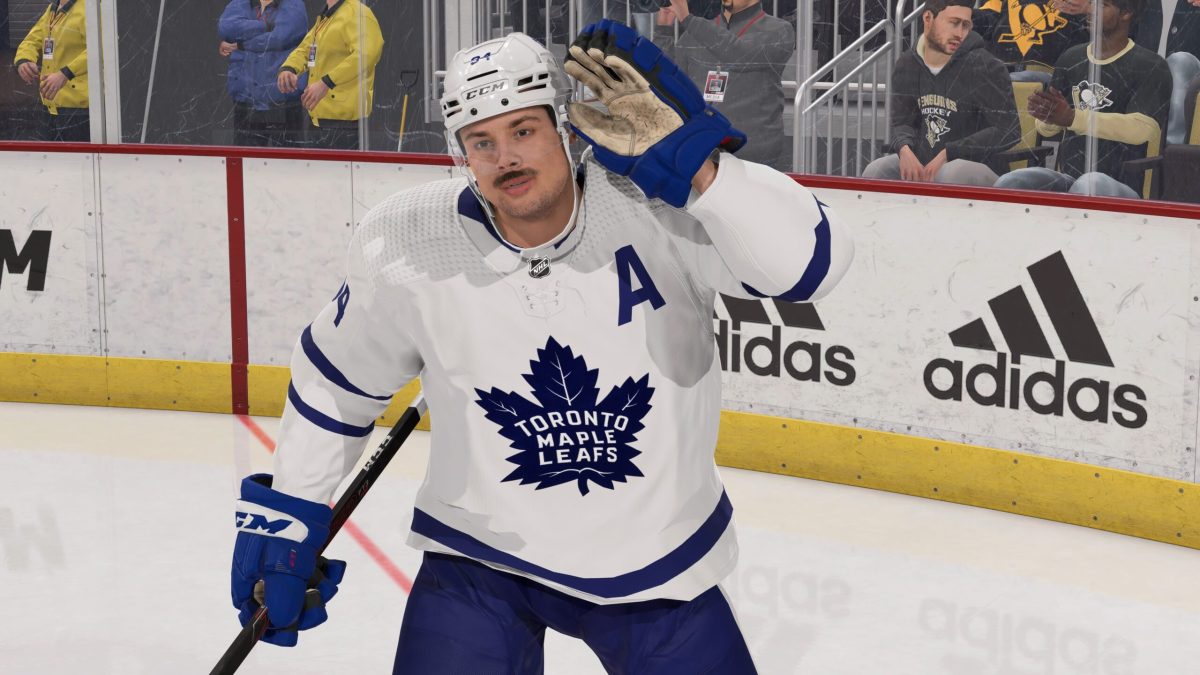
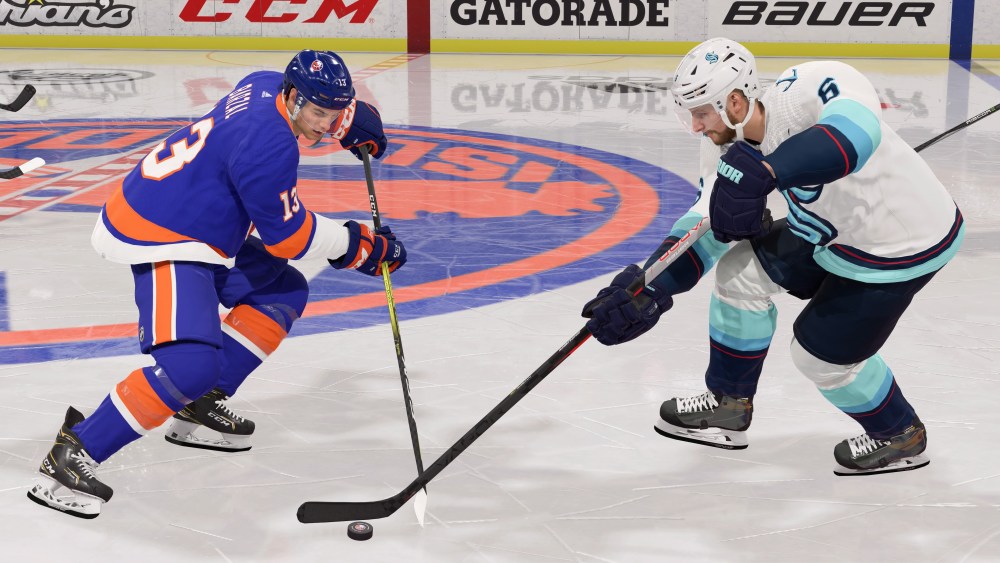
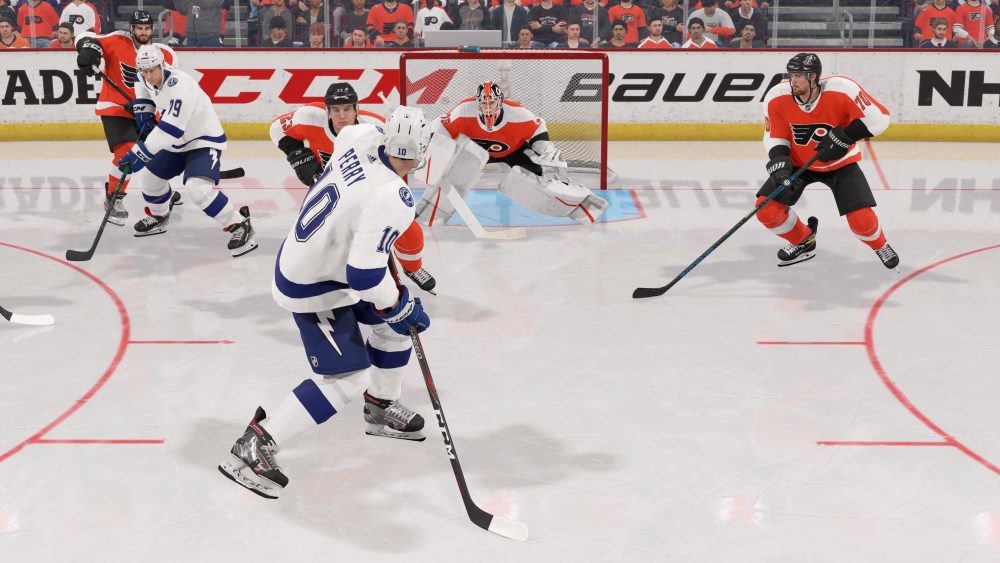

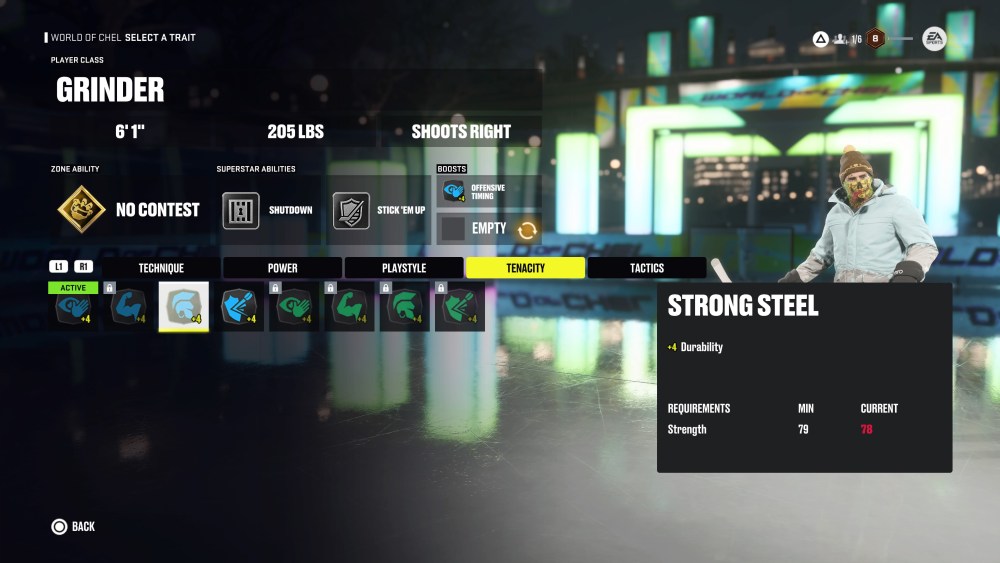
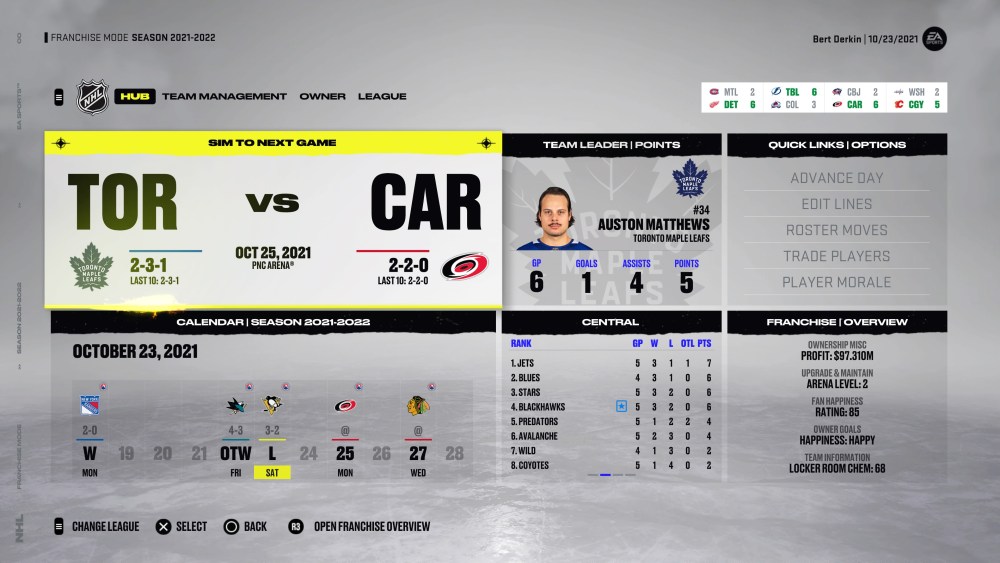
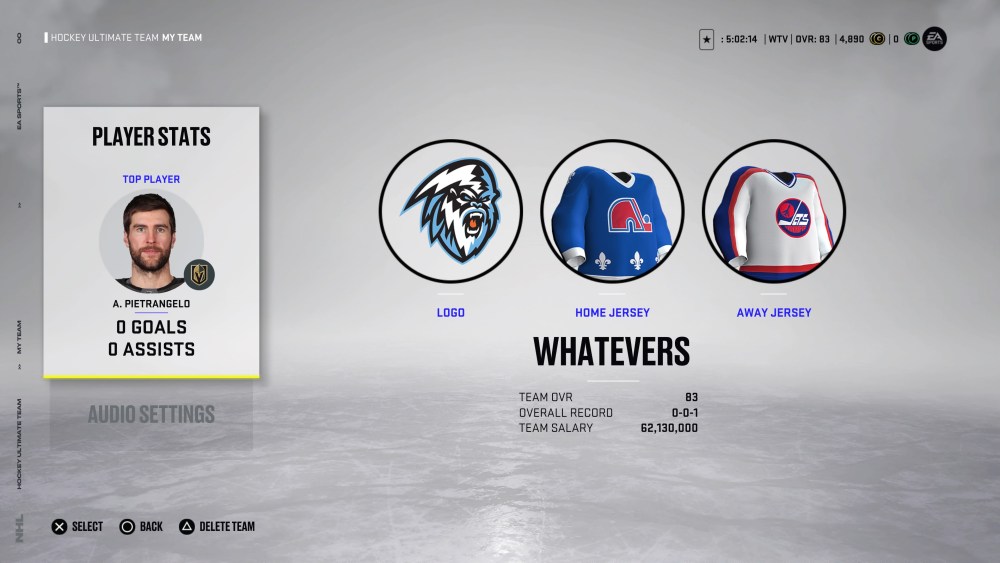

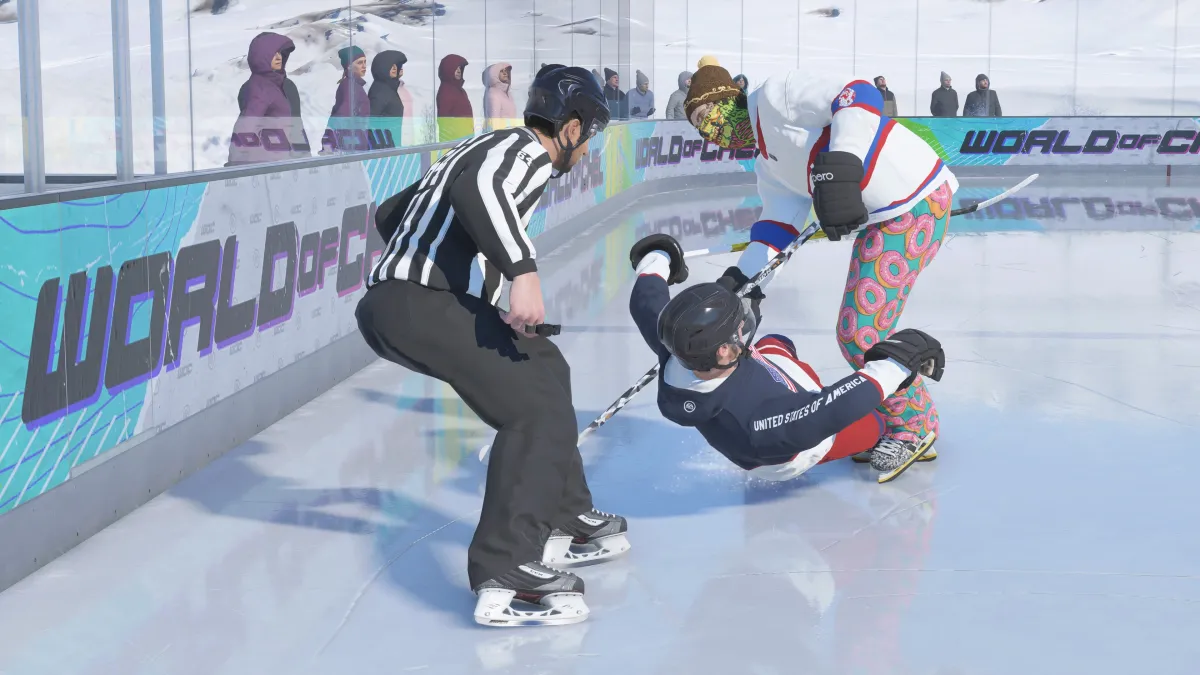
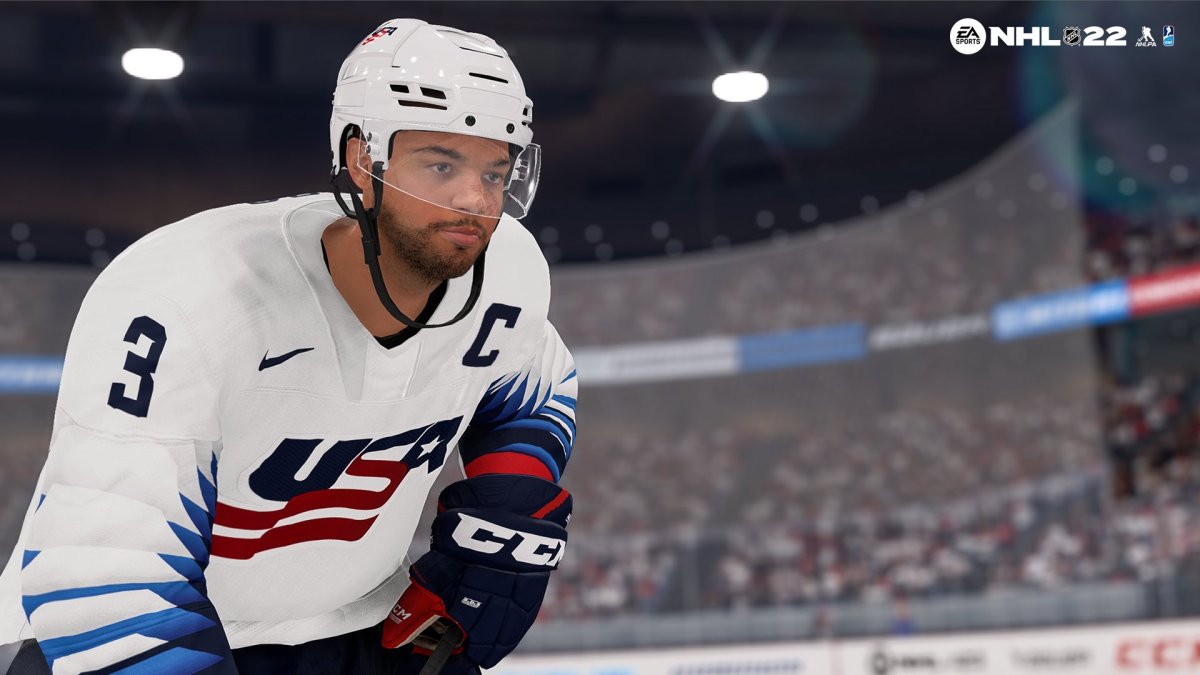
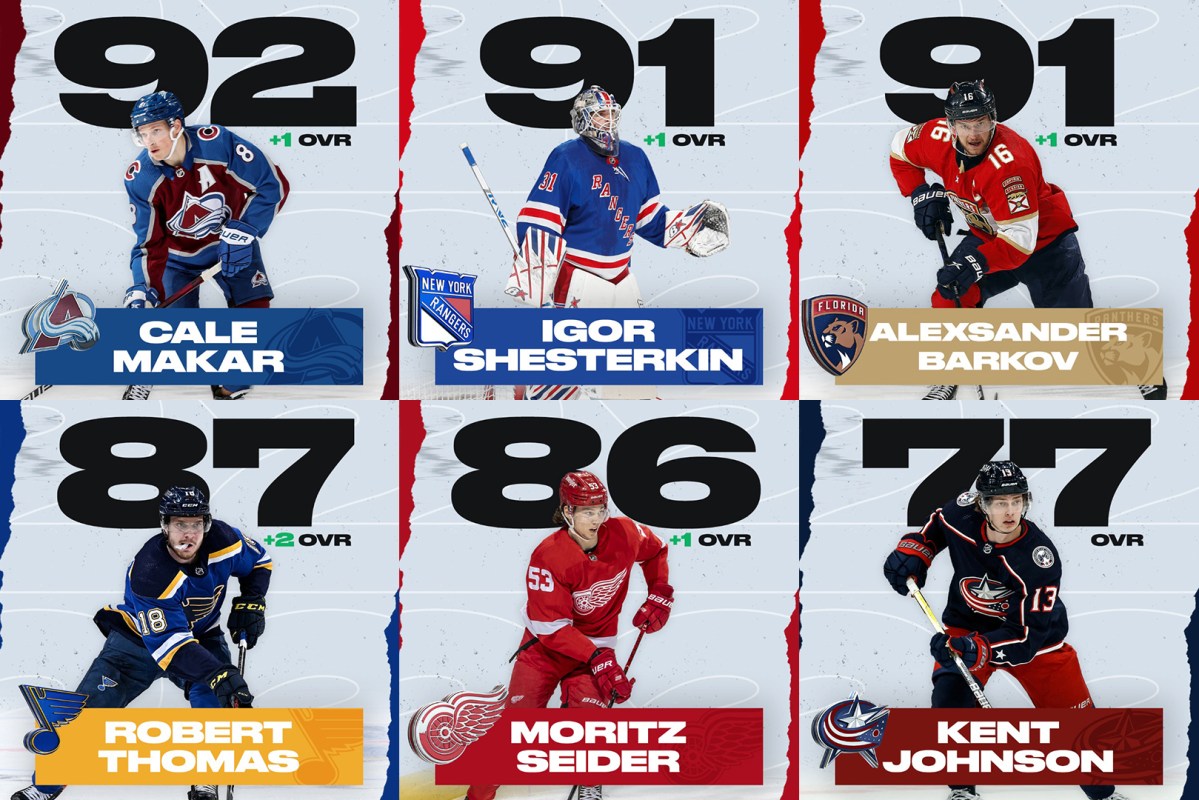
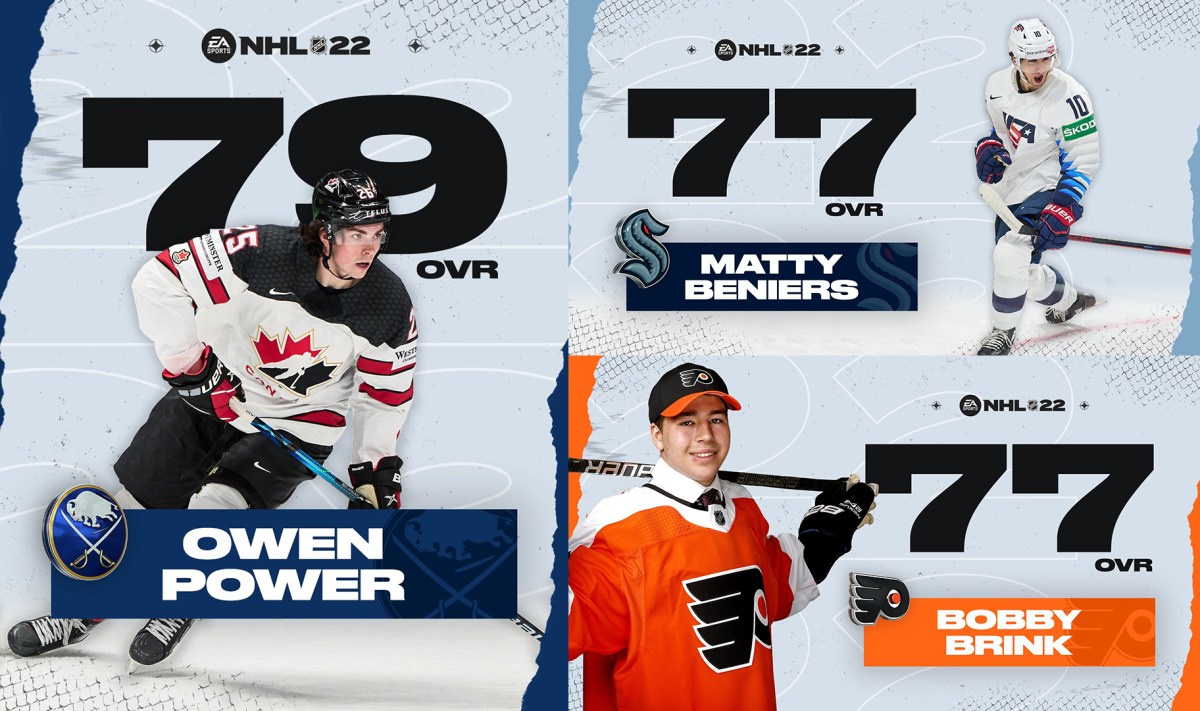
Published: Oct 15, 2021 07:10 pm